Guangdong locals have a steadfast determination when it comes to their culinary preferences, adhering to the belief of"not to eat food that is not in season or fresh". Throughout every season, they always manage to find their favorite delicacies. As June rolls in, apart from indulging in the traditional flavors of sticky rice dumplings (also known as zongzi), another incredibly delectable ingredient beckons the people of Guangdong, that is, the seasonal delight of yanzai crabs in summer.
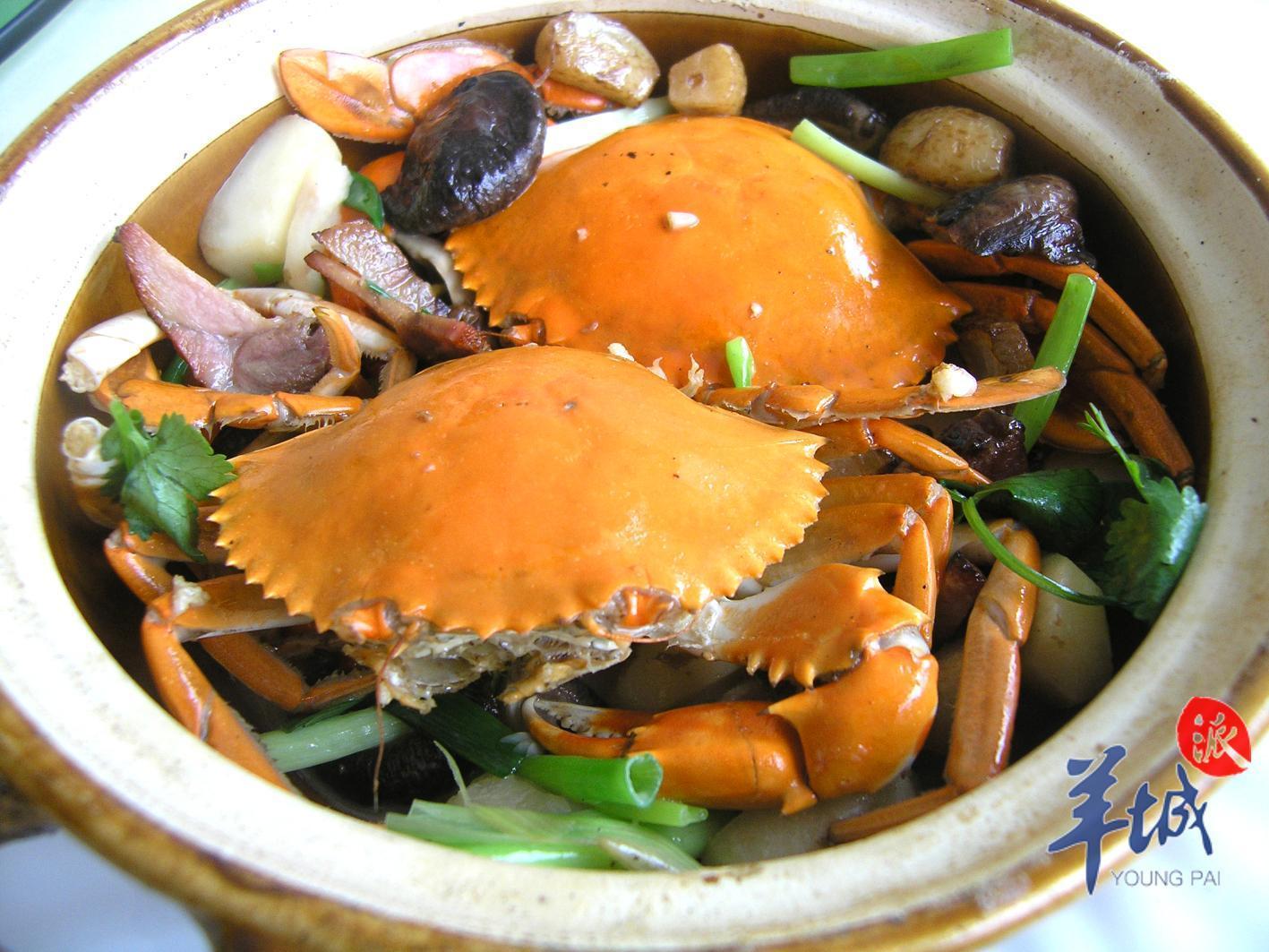
With the arrival of summer, it's the perfect time to savor yanzai crabs. Yanzai crab refers to the green crabs that have just reached maturity but haven't mated yet, weighing around3 to4 taels each. The ideal choice is"black yanzai crabs", known for their unparalleled sweetness and naturally succulent meat. Due to the plumpness of their crab roe, the triangular area on their abdomen appears dark and black, hence the name"black yanzai crab". However, these crabs make up only a modest20 to30 percent of all crabs in the market.
When it comes to yanzai crabs, the majority come from four main regions: Taishan, Panyu, Zhuhai, and Shenzhen (mainly in mangrove forests, Shajing, and Liufu Mountain). Yanzai crabs from Panyu's Shibayong suffer from ordinary water quality, leading to a slight fishy taste in their roe. On the other hand, Shajing, in the vicinity of Shenzhen, offers plump yanzai crabs with an exceptionally sweet flavor, benefiting from the perfect salinity of the local seawater.
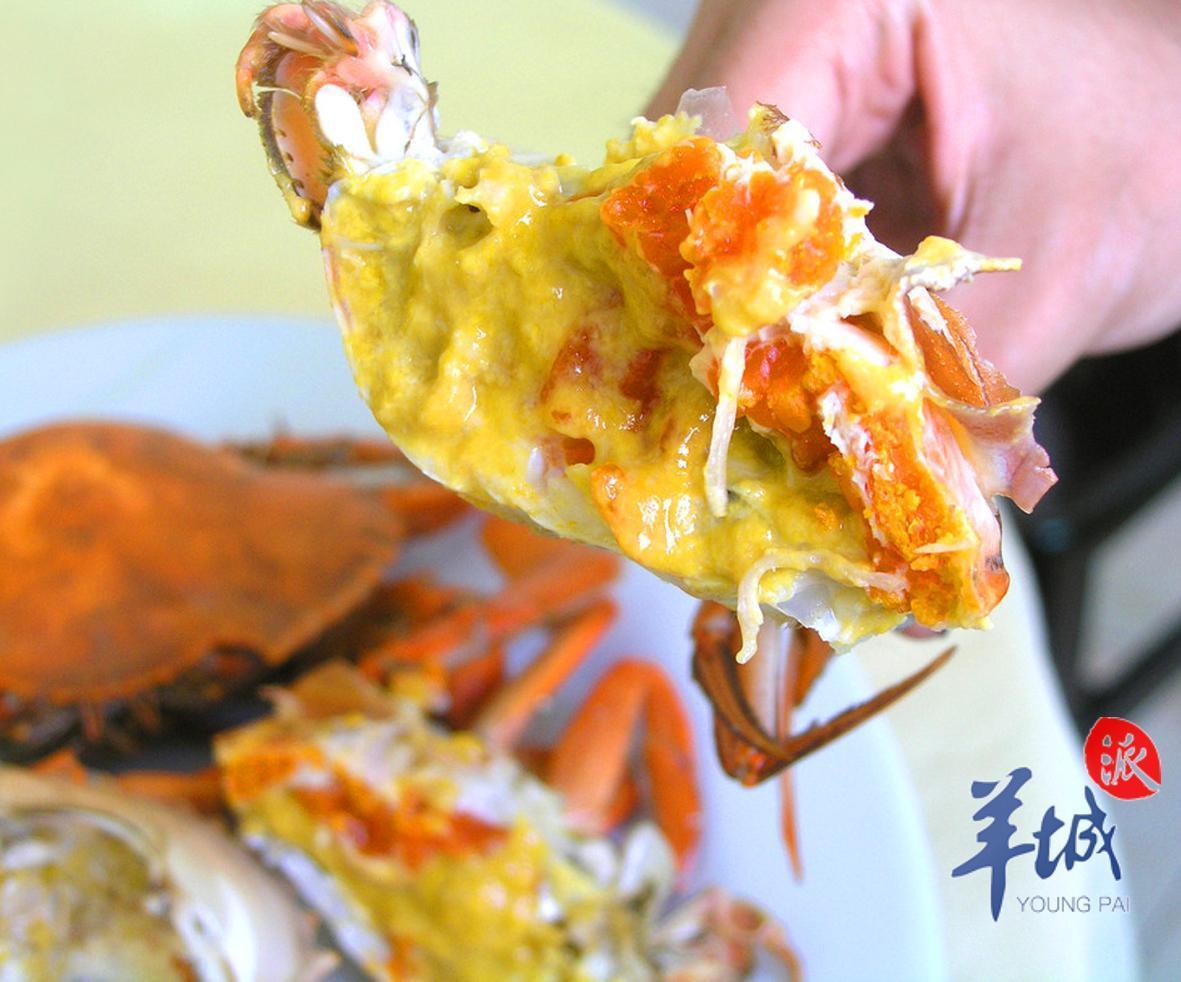
Yanzai crabs boast tender flesh with a distinctive freshness. Their roe looks reddish, silky delight, akin to salted egg yolk's flowing sand texture, but neither as rich as butter crabs nor as firm as hairy crabs. Hence, many connoisseurs choose this time to relish yanzai crabs, hailing them as the"affordable version of butter crabs". In comparison to the hefty price tags of butter crabs that often reach three to four digits, yanzai crabs range from a humble40 to70 yuan, making them particularly budget-friendly.
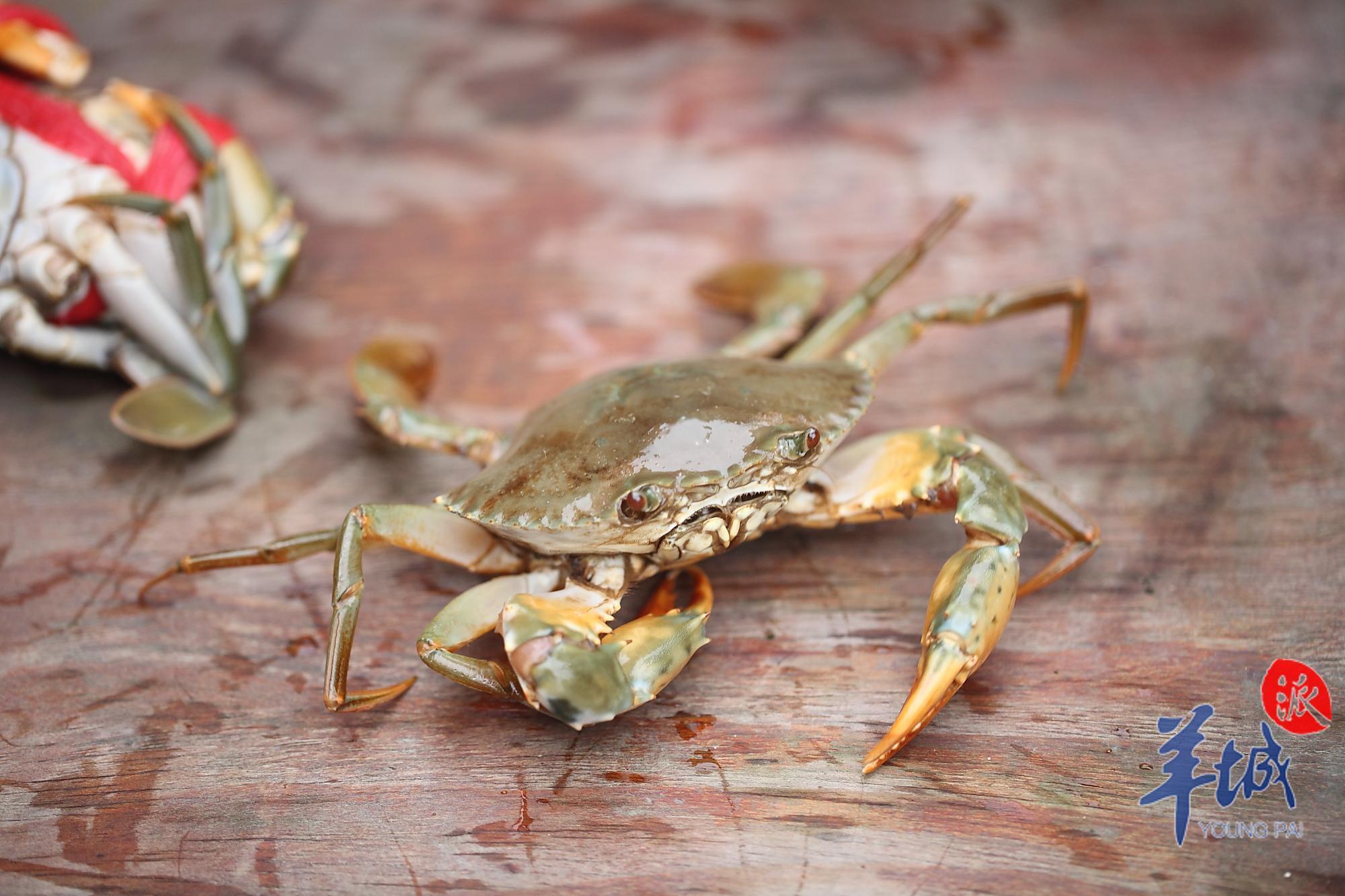
The best way to enjoy yanzai crabs is undoubtedly steaming them as a whole, capturing their authentic and sweet taste. However, the most authentic Cantonese technique for savoring yanzai crabs is not steaming but rather using either salt-baking or scallion-oil roasting methods. In a casserole, salt is heated up until it sizzles, then add the yanzai crabs and bake them until cooked. This imparts an additional savory flavor compared to steaming. Alternatively, you can use a wok to sauté ginger, scallions, and garlic, and slowly bake the yanzai crabs, creating a tantalizing aroma that will linger on your palate.
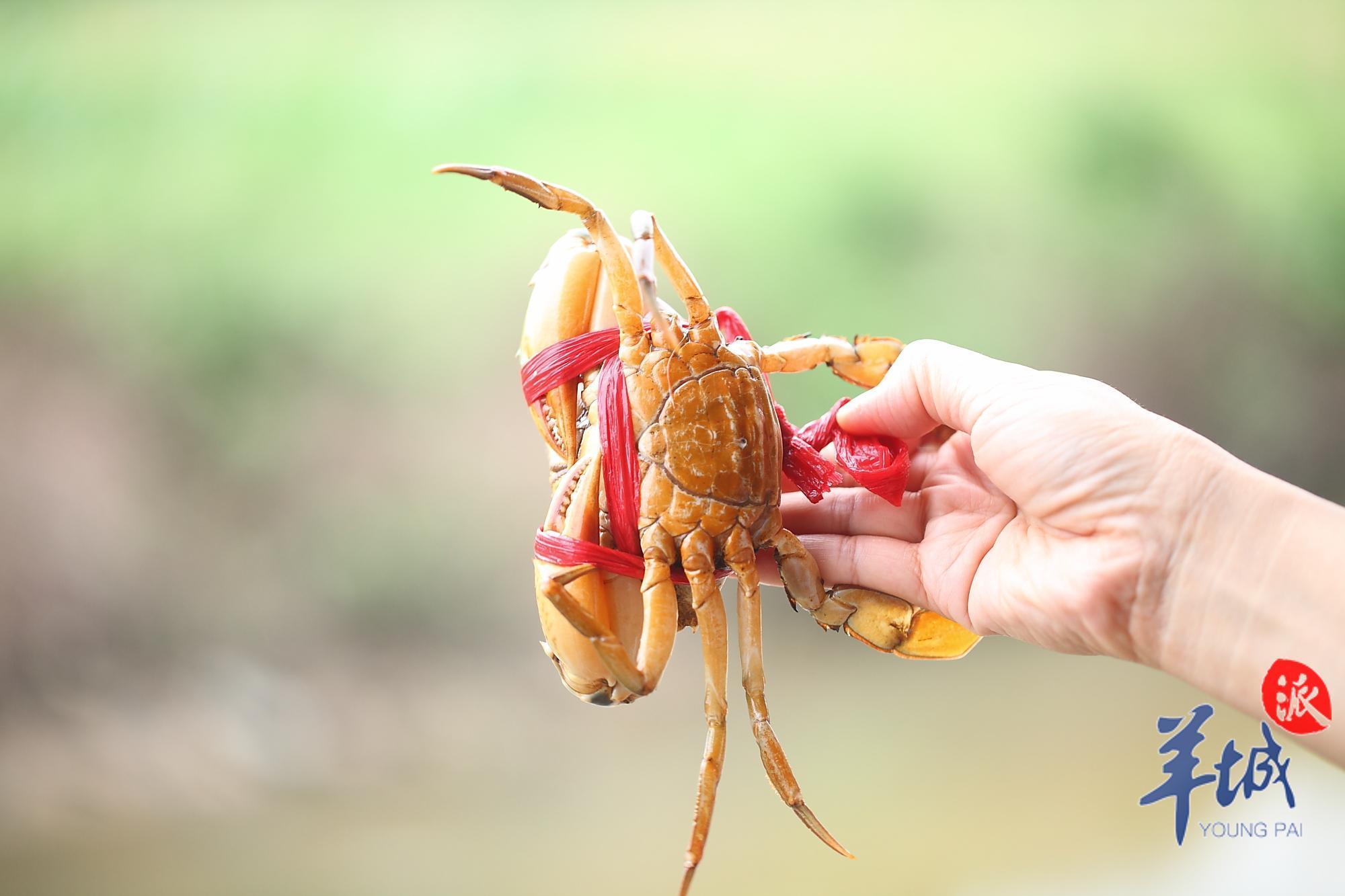
Regardless of the chosen cooking method, it all starts with selecting a good yanzai crab. Typically, a good yanza crab should have a plump and elevated appearance, indicating an ample amount of roe within and guaranteeing exquisite flavor. After bringing it home, the first step is to submerge it in icy water to temporarily stun it, preventing any struggle during the cooking process that could result in the leakage of roe or broken claws. After10 minutes, it can be removed from the water and thoroughly brushed, paying attention to both sides between the legs and the body for a thorough cleansing. Then open the abdominal shell of the yanza crab (belly cover), and gently squeeze from the bottom upwards to expel any excreta, rinsing it clean. After that, a piece of ginger should be placed on top. Once the water in the steamer is boiling, the crab is ready to put inside and steam for approximately15 minutes. A perfectly steamed yanza crab, accompanied by a sip of Huadiao wine, not only dispels any chill but also enhances the sweetness of the crab meat. Truly, it is a delectable delight readily available during the summer.
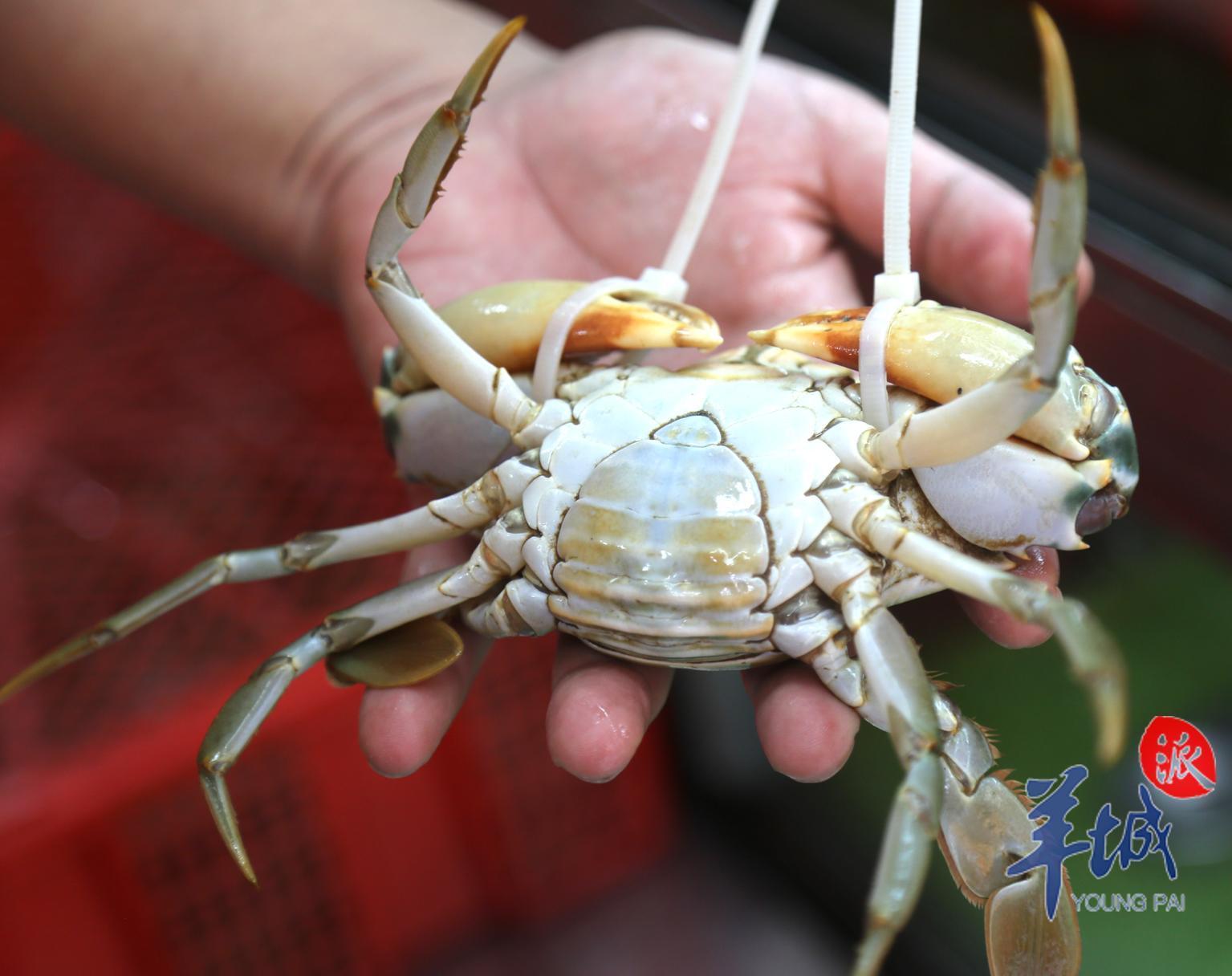
奄仔蟹登场,六月蟹鲜不期而遇
广东人对“不时不食,不鲜不食”有着一股坚持,几乎在每个时节都能找到自己的心头好。时至六月,除了应节必尝粽香之外,还有一种最为鲜美的食材让老广们纷纷出动与之邂逅。没错,说的就是专属于夏季的蟹鲜——奄仔蟹。
入夏之后,奄仔蟹就进入赏味期。奄仔蟹指的是刚成熟而未经交配的青蟹,每只大概在3到4两之间。最佳选择是黑奄,蟹汁鲜甜无比,蟹肉天然回甘。因为蟹肚膏脂饱满,腹部的三角形位置都呈暗色发黑,所以才叫黑奄,在渔获市场上仅占两三成。
纵观市面上的奄仔蟹,多数来自四大产地,分别是台山、番禺、珠海和深圳红树林、沙井、流浮山海域一带。番禺十八涌因为水质普通,奄仔蟹膏易带腥味;深圳沙井一带的奄仔蟹最为丰满,由于当地的海水咸度恰到好处,所以蟹味鲜甜。
奄仔蟹脂香肉嫩,而且带有明显的鲜甜味。蟹膏则是水红柔滑,仿似流沙咸蛋黄,没有黄油蟹的重口味,也没有大闸蟹的硬度。因此有不少老饕会选在此时去品尝,更有食家赞它是“平民版黄油蟹”。因为和动辄三四位数的黄油蟹相比,身价徘徊在40-70多元之间的它显得尤其平易近人。
奄仔蟹最好的做法当然是原只清蒸,原汁原味,味道鲜甜。不过吃奄仔最地道的广东手法并不是清蒸,而是盐焗或葱油焗,用大瓦煲将盐炒热,放入奄仔蟹干焗至熟,比清蒸多了一份咸香;或者用砂锅爆香姜葱蒜子,加入奄仔蟹慢煎慢焗,镬气十足,也是齿颊留香。
不论是哪种做法,都要先挑选一只靓的奄仔蟹,一般来说,蟹掩鼓鼓地隆起来,证明里面已经有足够的蟹膏,会特别肥美。带回家后,先将奄仔蟹放入冰水里冻晕,防止它在烹制过程中挣扎,令到蟹膏漏出,断爪断脚。10分钟后捞起奄仔蟹,仔细用刷子把蟹刷洗,需注意蟹腿与蟹身之间的两个侧面,全部要刷洗干净。打开奄仔蟹的腹甲(即蟹肚上的盖),从底部往上轻挤,挤出排泄物,并冲洗干净,往里面夹上一块姜片。水烧开后将奄仔蟹放入蒸锅,隔水蒸15分钟。蒸好的奄仔蟹配上一口花雕酒,既能驱寒也能提升蟹肉鲜甜,不愧是夏季唾手可得的美味。
文、图|羊城晚报全媒体记者 王敏 马思泳
翻译|刘佳慧
责编 | 王楠









